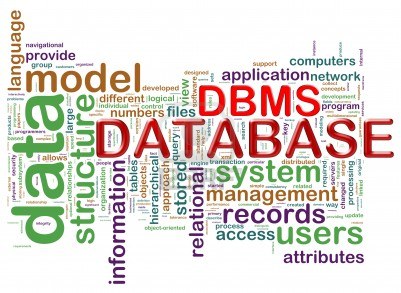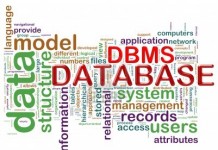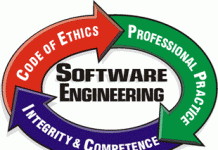Dear Aspirants,
Welcome to the Professional Knowledge Section in Affairscloud.com. Here we are providing sample questions in DBMS. It will be useful for the IBPS SO IT officer and SBI Assistant Manager(System). We have also included some important questions that are repeatedly asked in previous exams.
- Which of the following is used to generate a square root of a number?
(A) MySQL SQRT Function
(B) MySQL RAND Function
(C) MySQL AVG Function
(D) None of the above(A) MySQL SQRT Function - Which datatype is used to store up to 65,536 characters?
(A) Memo
(B) Text
(C) Integer
(D) None of the above(A) Memo - Which of the following operator combines two or more SELECT statements?
(A) In
(B) Like
(C) Union
(D) None of the above(C) Union - Long datatype allows whole numbers between ___________
(A) 0 to 255
(B) -32,768 to 32,767
(C) -2,147,483,648 to 2,147,483,647
(D) None of the above(C) -2,147,483,648 to 2,147,483,647 - Which of the following datatype holds a string with maximum length of 255 characters?
(A) Text
(B) Medium Text
(C) Long Text
(D) Tiny Text(D) Tiny Text - In E-R Diagram, the total participation by entities is represented as________
(A) Dashed line
(B) Rectangle
(C) Double rectangle
(D) Double line(D) Double line - Intersection operator is used to obtain the _______ tuples.
(A) Unique
(B) Common
(C) Different
(D) None of the above(B) Common - Which is a low level operator?
(A) Insert
(B) Update
(C) Directory
(D) None of the above(C) Directory - The LAST() function is only supported in _______
(A) MS Word
(B) MS Access
(C) MS Excel
(D) None of the above(B) MS Access - _______ are used to specify the rules for the data in a table.
(A) Constraints
(B) Aliases
(C) Wildcards
(D) None of the above(A) Constraints
AffairsCloud Recommends Oliveboard Mock Test
AffairsCloud Ebook - Support Us to Grow
Govt Jobs by Category
Bank Jobs Notification





